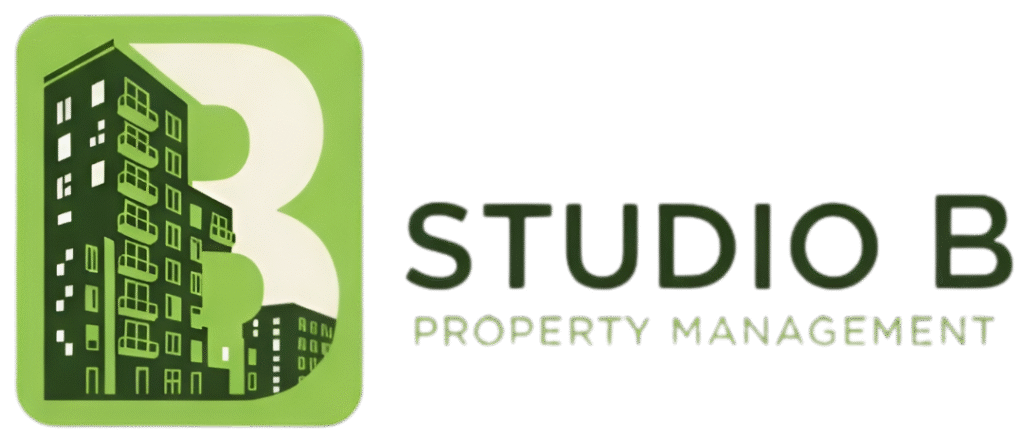Discover Studios, Services & More Across USA | StudioBDTLA
What Is Forced Perspective Photography

Ever wondered how some photographers make objects look larger or smaller than life, without any digital manipulation? Welcome to the world of forced perspective photography. This technique can transform a mundane scene into a captivating optical illusion. In this blog post, we’ll explore the art of forced perspective photography, its relevance, and how you can use it to elevate your photography skills. Whether you’re a budding photographer or just curious about creative photo techniques, you’re in the right place!
Understanding Forced Perspective
Forced perspective is a photographic technique that plays with the human eye. By manipulating the distance and angle of objects, you can create illusions that deceive the viewer’s perception. Think of those fun photos where people seem to be holding up the Leaning Tower of Pisa or pinching the moon between their fingers. The magic lies in the arrangement, not in the post-processing.
The Science Behind Forced Perspective
Forced perspective leverages principles of depth perception to trick the eye. Our brain interprets visual information based on cues like size, distance, and angle. By carefully positioning subjects, you can create a scene where the brain misinterprets these cues, resulting in an astonishing illusion. It’s like a magic trick for the eyes!
History of Forced Perspective
The concept of forced perspective isn’t new. It has been used in art and architecture for centuries. Renaissance artists employed it to create depth in paintings, and architects used it to make buildings appear larger or more grandiose than they actually were. In film, directors have used forced perspective to create special effects long before CGI became the norm.
Why Forced Perspective is Popular
Forced perspective photography is popular for several reasons. First, it’s fun! People love creating and sharing these optical illusions. Second, it’s accessible. You don’t need expensive gear or software to create stunning images. Lastly, it’s a great way to improve your composition skills and think creatively.
Key Elements of Forced Perspective Photography
To master forced perspective, you’ll need to focus on three key elements: distance, angle, and alignment. Distance affects the relative size of objects, while angle can change the viewer’s perception of depth. Alignment ensures that the objects interact in a believable way. By tweaking these elements, you can create mind-bending photographs.
Setting Up Your Shot
The first step in creating a forced perspective shot is planning. Choose your subjects and decide how you want them to interact. Sketching a rough layout can help. Next, position your camera and subjects. Remember, small changes in distance and angle can make a big difference. Keep experimenting until you get the desired effect.
Using Props and Models
Props and models can add an extra layer of creativity to your shots. Everyday objects like toys, food items, or household items can become part of your illusion. Using models can also add a human element, making the photo more relatable and engaging.
Playing with Light and Shadows
Lighting is crucial in photography, and forced perspective is no exception. Natural light can be your best friend, but don’t shy away from using artificial lighting if needed. Shadows can enhance the illusion by providing additional depth and realism. Play around with different light sources and angles to see what works best.
Common Mistakes to Avoid
While forced perspective is fun, it can also be tricky. One common mistake is not aligning objects properly, which breaks the illusion. Another is ignoring the background, which can distract from the main subjects. Finally, overcomplicating the scene can make it hard to pull off the effect. Keep it simple and focus on the basics.
Tips for Creating Stunning Images
- Start Simple: Begin with straightforward compositions and gradually add complexity as you become more comfortable.
- Use a Tripod: This helps keep your camera steady, allowing for precise adjustments.
- Experiment: Don’t be afraid to try different angles, distances, and props. Some of the best shots come from unexpected setups.
- Get Feedback: Share your work with friends or online communities to get constructive feedback and new ideas.
Post-Processing Enhancements
While forced perspective relies heavily on in-camera techniques, a little post-processing can go a long way. Adjusting brightness, contrast, and sharpness can make your image pop. However, avoid heavy manipulation as it can detract from the authenticity of the illusion.
Real-Life Applications
Forced perspective isn’t just for fun. It has practical applications in various fields. In marketing, it can make products appear more attractive. In film, it’s used to create special effects. Architects use it to enhance the visual appeal of buildings. Even museums use forced perspective to create engaging exhibits.
Conclusion
Forced perspective photography is a fantastic way to stretch your creativity and improve your photography skills. With a bit of practice, you can create images that are not only visually stunning but also thought-provoking. So grab your camera, gather some props, and start experimenting. The only limit is your imagination!
FAQs
What equipment do I need for forced perspective photography?
You don’t need much! A camera (even a smartphone), a tripod, and some props are enough to get started.
How can I ensure my subjects are aligned correctly?
Use a tripod to keep your camera steady and take your time to adjust the position of your subjects. It might take a few tries, but the results are worth it.
Can I use forced perspective in videos?
Absolutely! The principles are the same, but you’ll need to consider movement and timing. It’s a bit more challenging but equally rewarding.
Do I need special software for post-processing?
Basic editing software is usually sufficient. Focus on adjusting brightness, contrast, and sharpness to enhance your image.
Where can I find inspiration for forced perspective photography?
Social media platforms like Instagram and Pinterest are great places to find inspiration. There are also many online communities and forums dedicated to this unique art form.
